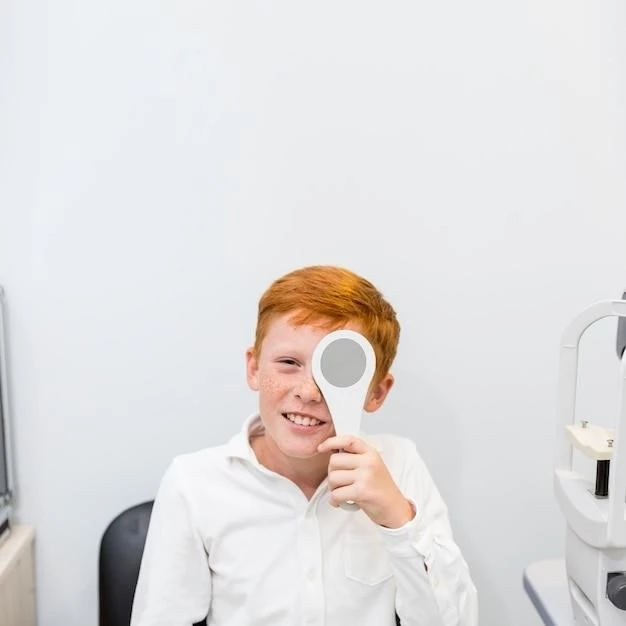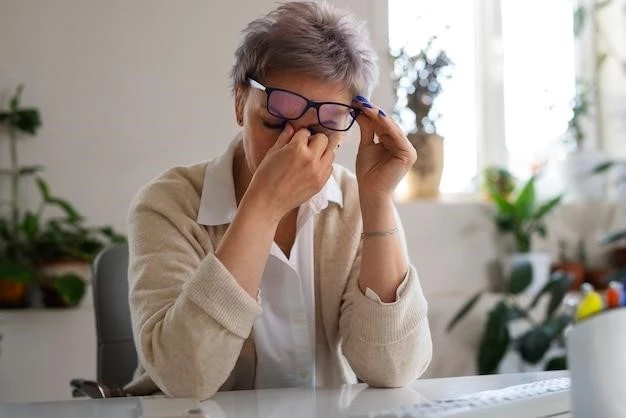Understanding Corneal Dystrophy
Understand potential causes of corneal dystrophy, which may include genetic factors, age-related changes, and underlying health conditions.
Causes of Corneal Dystrophy
Corneal dystrophy can be caused by genetic mutations that affect the proteins in the cornea, leading to a buildup of material that clouds the cornea’s transparency. Age-related changes, like a decrease in cell turnover, can also contribute to dystrophy. Additionally, underlying health conditions such as diabetes, rheumatoid arthritis, and other systemic diseases may increase the risk of developing corneal dystrophy. Understanding these causes can help in early detection and management of the condition.
Symptoms and Signs of Corneal Dystrophy
Recognizing the symptoms of corneal dystrophy is crucial for early intervention. Common signs include blurry vision, light sensitivity, glare, and seeing halos around lights. As the condition progresses, individuals may experience recurrent corneal erosions, leading to eye discomfort and possibly recurrent infections. It’s essential to seek prompt evaluation by an eye care specialist if you notice any of these symptoms to prevent further vision deterioration.
Treatment Options for Corneal Dystrophy
When it comes to treating corneal dystrophy, the approach may vary depending on the type and severity of the condition. Treatment options include prescription eye drops to reduce inflammation and discomfort, special contact lenses to improve vision, and in some cases, surgical procedures like corneal transplant or removal of abnormal layers of the cornea. Your eye care provider will determine the most suitable treatment plan tailored to your specific needs. Regular follow-ups are essential to monitor progress and adjust treatments as needed.
Types of Corneal Dystrophy

Corneal dystrophy can manifest in various forms, each affecting different layers of the cornea. Some common types include Fuchs’ dystrophy, where cells in the innermost layer of the cornea deteriorate, leading to fluid buildup and vision problems. Another type is lattice dystrophy, characterized by the presence of abnormal protein deposits leading to vision impairment. Understanding the specific type of corneal dystrophy is crucial for developing an appropriate treatment plan tailored to individual needs.
Corneal Dystrophy Surgery
Corneal dystrophy surgery may be recommended for individuals with advanced stages of the condition where other treatments are not effective. Procedures such as corneal transplant, where the damaged cornea is replaced with a healthy donor cornea, can improve vision and reduce symptoms. Other surgical options include removing layers of the cornea affected by dystrophy or implanting artificial corneal devices. Your eye care provider will discuss the surgical options available and determine the most suitable approach based on your specific situation.
Preventing Corneal Dystrophy Progression
To slow the progression of corneal dystrophy, it’s essential to follow your eye care provider’s recommendations diligently. Regular eye examinations can help monitor the condition and detect any changes early. Protecting your eyes from ultraviolet (UV) rays by wearing sunglasses and avoiding eye trauma are essential preventive measures. Maintaining overall eye health through a balanced diet rich in nutrients like vitamin A and omega-3 fatty acids can support corneal health. Avoid smoking, as it can exacerbate eye conditions. Stay proactive in managing your corneal dystrophy to help preserve your vision for the long term.
Corneal Dystrophy Research Updates
Staying informed about the latest research developments in corneal dystrophy can provide valuable insights into potential breakthroughs in treatment options and management strategies. Researchers are continually exploring new approaches, such as gene therapy, stem cell treatments, and advanced surgical techniques, to address corneal dystrophies more effectively. Clinical trials may offer opportunities to access cutting-edge treatments and contribute to the advancement of medical knowledge in this field. Keep in touch with your ophthalmologist or eye care provider to learn about any research updates that may impact your care.
Living with Corneal Dystrophy⁚ Tips and Coping Strategies
Living with corneal dystrophy can present challenges, but there are strategies to help you manage the condition and maintain a good quality of life. Consider using assistive devices like magnifiers or special lighting to aid with reading and daily tasks. Make sure to communicate openly with your healthcare team about any changes in your vision or symptoms. Joining support groups or connecting with others facing similar challenges can offer valuable emotional support and shared experiences. Remember to prioritize self-care, including proper rest, a healthy diet, and regular exercise to support overall well-being while living with corneal dystrophy.
